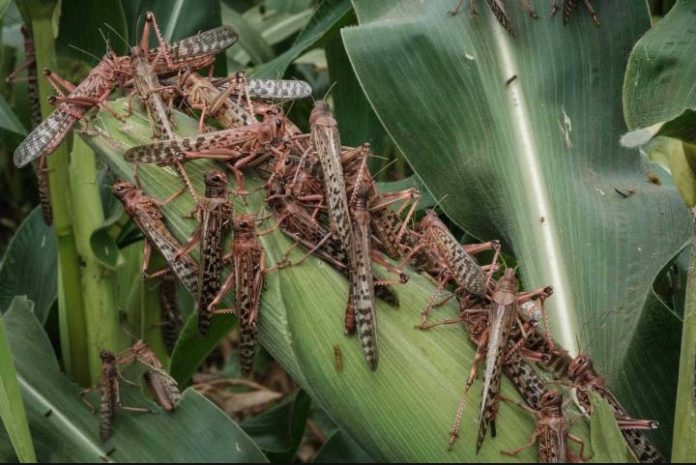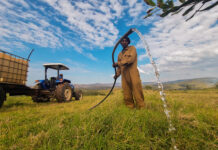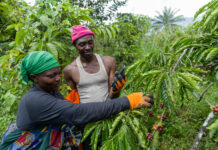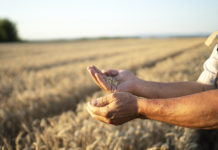The Food and Agriculture Organisation (FAO) of the United Nations is supporting the Ministry of Agriculture, Water and Land Reform in Namibia to step up efforts in its monitoring and surveillance activities to tackle the infestation of locusts in the country.
The ministry estimates that around 1,2 million hectares of cultivated fields have been infested by brown locusts in the //Kharas region alone, which has already spilled over into the neighbouring Hardap region. This follows the two regions only just emerging from a harsh six-year drought that ended in 2019.
“And the outbreak of the locusts is heavily affecting livelihoods and agricultural production,” said the FAO in a statement.
To avert the situation, the FAO through the African migratory response to mitigate impacts on food security and livelihoods, is servicing 22 vehicles carrying out monitoring and control efforts. The support, enables personnel on the ground to survey large tracts of land infested by locusts and to carry out locust control interventions.
The //Kharas and Hardap regions’ main source of livelihoods is livestock farming, with about 70 to 80% of inhabitants raising small stock such as goats and sheep for own consumption and to earn an income.
FAO received funding from the United States Agency for International Development’s Bureau for Humanitarian Assistance to support the ministry. Also as part of the support, FAO recently donated 56 smartphones and 40 tablets to the Ministry of Agriculture, Water and Land Reform to enable the ministry to intensify surveillance, monitoring and timely reporting and sharing of information on the locust outbreak.
The ministry has thus far managed to survey 2,19 million hectares across the country. Despite the challenges encountered in the field by monitoring and control personnel, including the rocky and sometimes inaccessible terrain in certain areas, the monitoring and control teams remain resolute in their mission to safeguard livelihoods.
“Surveillance and control can be a challenge in such a large region such as //Kharas, but we are trying our very best each day,” FAO quoted the ministry’s chief agricultural technician in the //Kharas region, Llewellyn Muenjo, as saying.
Additionally, FAO has also facilitated the training of 348 farmers and 158 technical staff on eLocust3m mobile phone application for surveillance, monitoring and mapping across all 14 regions of Namibia.
Locust outbreaks in Namibia
During February 2020, the first wave of the African migratory locusts was reported in the north-eastern part of Zambezi and the Kavango East and Kavango West regions. This was followed by a second wave, reported in August 2020 and covering the north-eastern as well north-central regions of Kunene, Ohangwena, Oshana, Omusati and Oshikoto.
In March 2021, a third wave was reported and comprised the African migratory locust and red locust – to a lesser extent in the aforementioned areas, and brown locust in the southern parts.
During that period, it was reported that over 2 000 hectares of crop land and more that 700 000 hectares of grazing fields were negatively impacted by the locusts.
Brown locust masses have made roads slippery and dangerous, and locust-related accidents have become frequent, while several people have lost their lives in these accidents.








